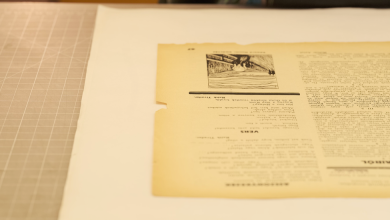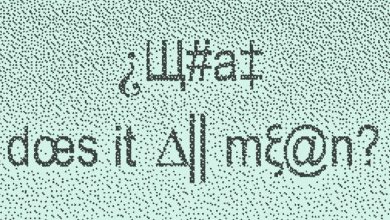Review: The Balletic Rise and Fall of Eva Perón

Ballet Hispánico, founded in 1970, has been honoring its 50th anniversary for a solid two years. On Friday at the inaugural City Center Dance Festival, the company presented the final program in this extended celebration, which got off to a rocky start with canceled performances in April 2020. Anniversary events often feel like empty fanfare, but this turned out to be a milestone, a breakthrough: the company’s first evening-length production, and a striking one at that.
The 75-minute “Doña Perón,” choreographed by the prolific Belgian-Colombian dance maker Annabelle Lopez Ochoa, is a vivid 10-episode portrait of the life of Eva Perón — Evita — the mythic and polarizing Argentine actress who ascended from poverty to populist first lady, all before the age of 33, when she died of cervical cancer.
In an interview about the work, Lopez Ochoa said, “We really wanted to make a portrait of a woman without having a judgment,” an approach she reiterated on Friday in a post-show talk with Ballet Hispánico’s artistic director, Eduardo Vilaro. Still, it’s hard to come away from “Doña Perón” not admiring its protagonist, in part because of storytelling choices — which emphasize the personal over the political — and in part because of the brilliance of the lead dancer in the opening-night cast, the captivating Dandara Veiga.
One of the production’s greatest strengths is its thoughtful integration of movement — Lopez Ochoa’s high-varnish, athletic style of contemporary ballet, gorgeously danced by the whole cast — with handsome design elements. This harmony stands out from the first, saintly image: Veiga alone in the center of the stage, elevated on a pedestal in a voluminous white dress, as if mid-ascension. (Mark Eric designed the plot-propelling costumes, many of which come and go through seamless onstage changes; the spare, functional set and projections are by Christopher Ash.)
Veiga is soon joined by a chorus of dancers representing Evita’s working-class followers, the descamisados (or the shirtless ones), waving white cloths in the air. Their grounded unison phrases offset the stillness of her authoritative posture: arms raised at right angles, framing her face, a recurring gesture that at times shudders into frantic motion, echoed by the group. Sounds of a recorded speech and cheering thread through Peter Salem’s dramatic original score (played live) for bandoneón, piano, percussion, cello and violin.
Lopez Ochoa, who collaborated with the director Nancy Meckler, establishes early on that something is amiss: Veiga convulses and sways off-balance; her followers catch her. In the second episode, we meet Evita the child (the valiant Nina Basu) and witness her rejection by her father, who had a second, wealthier family. Young Evita reappears throughout the ballet, sometimes banished by her older self and sometimes embraced.
The action progresses through Evita’s move to the city, depicting her flirtations with men — a display of deft, tango-inflected partnering — and her continued rise to fame and power. (While much different from Andrew Lloyd Webber’s musical, this telling of Evita’s story seems to take a few cues from its narrative arc.) Chris Bloom, as Juan Perón, is a competent technician but overshadowed by Veiga’s gradually intensifying light. Their chemistry, as spouses and political partners, never quite clicks.
Theatrically, “Doña Perón” suffers from some overwrought and undercooked moments. The specter of illness asserts itself melodramatically: Every so often, Veiga falters and clasps her abdomen, as projections of what look like roots or nerves flash across the backdrop, a suggestion of the body’s internal decline. When her character dies, and Bloom tries to revive her, the interaction is almost cartoonish.
But other passages are as affecting as these are flat. Toward the end, Veiga (onstage for almost the entire work) finds herself alone, having been shunned by the waltzing upper classes. In silence (the music has dropped out), she flings her high heels and diamond necklace to the wings and begins to stamp and shout with enthralling rawness: “Che! Che!” The ensemble joins her, multiplying her rhythms with their own a cappella calls and body percussion. In this banding together, you see not just a riveting story but a company having reached a new horizon.
Ballet Hispánico
Through Sunday at City Center, Manhattan; nycitycenter.org.



